views
🌿 A Fruit With Ancient Roots
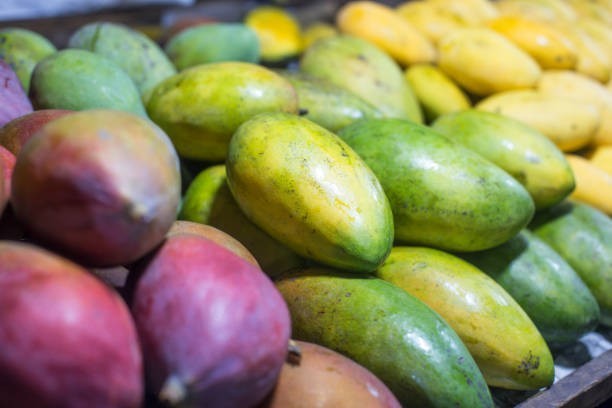
Mangoes have been cultivated for over 4,000 years, originally in South Asia. Ancient Indian texts and poems praised their fragrance and heavenly taste — and today, over 1,000 different mango varieties grow worldwide.
👑 Why It's Called the “King of Fruits”
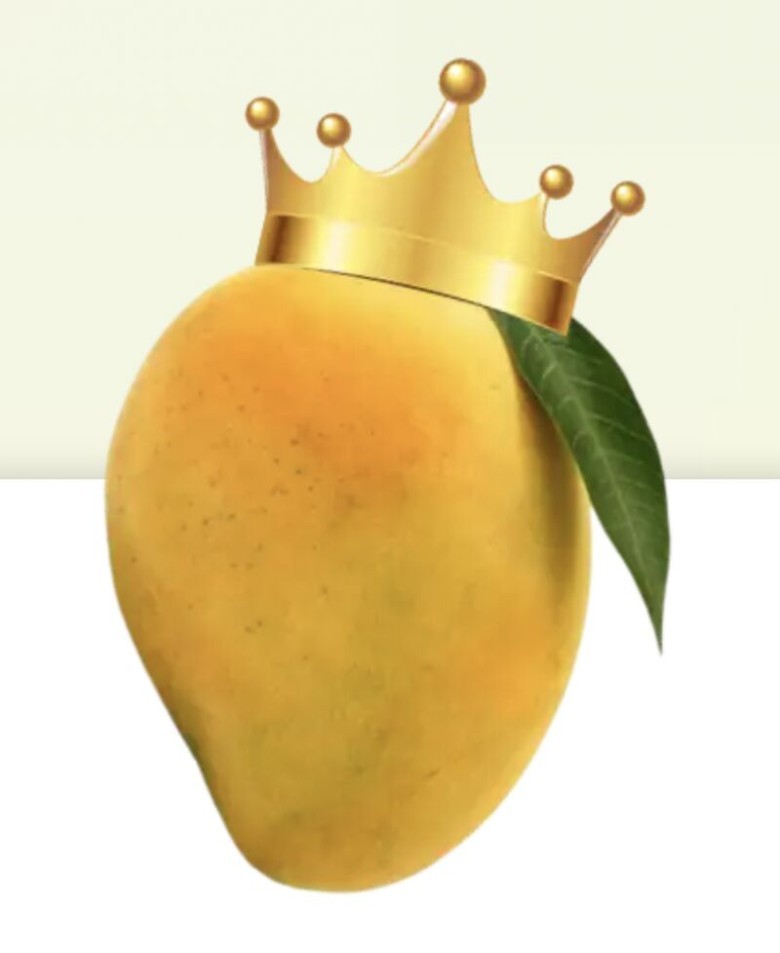
Sweet, juicy, and deeply woven into art, religion, and folklore, the mango isn’t just food — it’s part of cultural identity across Asia. Its nickname comes from centuries of love, symbolism, and its irresistible taste.
🌏 A Global Superstar
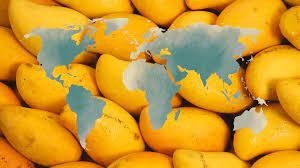
While mangoes started in India, they’re now grown in tropical and subtropical regions across the globe — from Mexico and the Philippines to Egypt and Australia. India still leads production, growing more mangoes than any other country.
🐦 Spread by Birds (and People!)
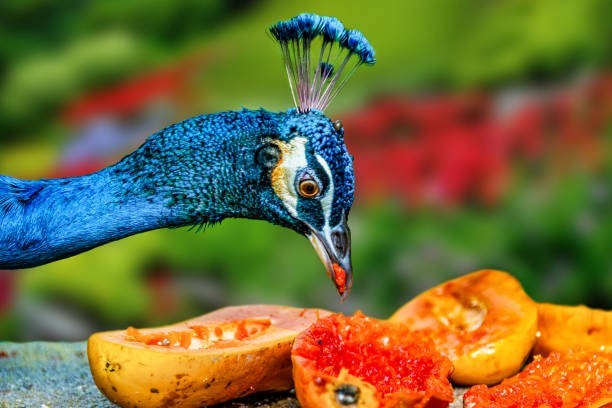
Centuries ago, birds and travelers helped spread mango seeds far beyond their native forests. Thanks to explorers and traders, mangoes made their way to Africa in the 10th century and the Americas by the 18th century.
🥭 More Than Just One Flavor
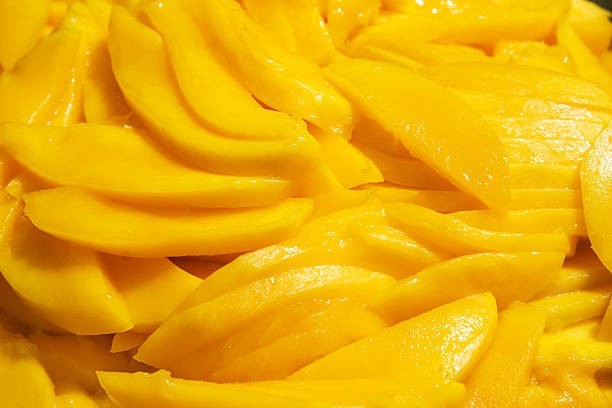
Not all mangoes taste the same! Some varieties are honey-sweet, others slightly tangy or even spicy. Shapes and colors range from deep green to golden yellow, blush red, or bright orange.
🎨 A Symbol of Love and Luck

In India, mango leaves decorate wedding arches and homes during festivals, believed to bring prosperity and good fortune. The classic paisley pattern? Inspired by the elegant shape of a mango.
🌳 Mango Trees Live Long Lives
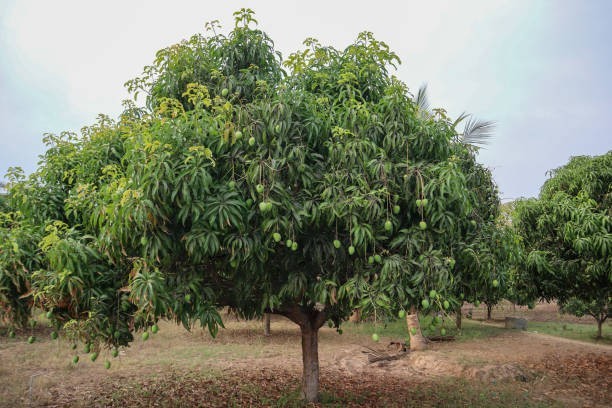
A healthy mango tree can live and produce fruit for over 100 years — and some ancient trees still bear fruit today.
🏆 Record-Breaking Mangoes
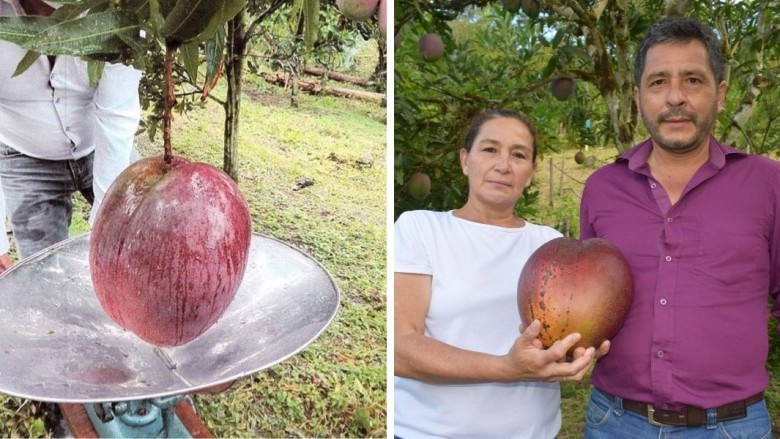
The world’s heaviest mango, according to the Guinness World Records, weighed a whopping over 4.2 kg (about 9 lbs) — almost the size of a small watermelon!
🍨 A Dessert Staple

From creamy lassis and sticky rice desserts to ice cream and sorbet, mangoes inspire countless treats around the world — a perfect blend of flavor and nostalgia.
💛 More Than Delicious

Mangoes aren’t just tasty — they’re rich in vitamins A and C, antioxidants, and fiber, making them a sweet snack that’s actually good for you.




















Comments
0 comment